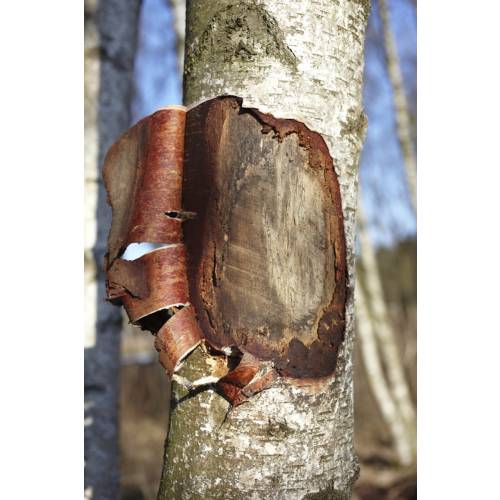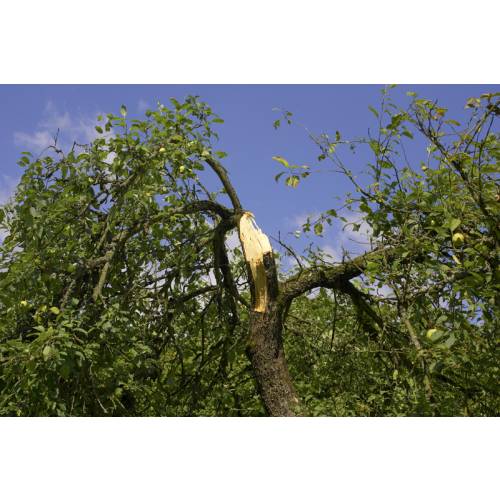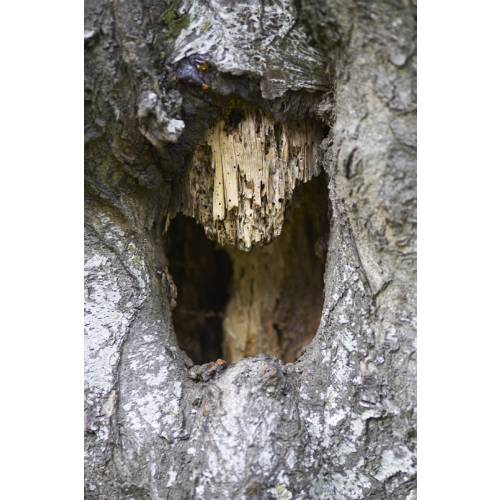
Cure
Caring for an injured tree
- Details
-
Whether due to an accident or bad weather, a tree whose bark has been torn off or split is in danger. This opening allows fungi to install themselves and little by little eat away at the tree from the inside. It is important to act!
First line of defence - mastic
The best way of helping a tree heal its injuries is to cover the wound with mastic. Exposure of the plant’s tissues to the air provides them with no protection and leaves them susceptible to infection. Use putty like mastic, spreading it with a spatula. It is less easy to use than a can of mastic but it is more efficient. If you do not have any mastic to hand, you can also use DIY filler or silicon sealant. It is best to care as much as you can rather than not at all!
If the injury is a broken branch, then cut it off neatly with a saw before using mastic. Do not leave a short stump if the branch is broken next to the trunk: cut it back to 5cm from the trunk.
Supports and splints
If a branch is bent over but not broken then you can help the tree save the branch. If it is a young tree then it is quite easy: simply fit splints to the branch using rigid sticks attached to the branches needing support. You can also use this method to help weeping branches gain a more upright stance.
If the tree is older then you will need to use supports consisting of iron posts resting on concrete. It is quite a difficult operation to undertake, as it is not a question of correcting the tree’s silhouette but rather of saving the tree!
Folded over or broken, it is the same!
If the branch of a tree is twisted to the point of folding over, it may be necessary to cut it off. Some trees have very supple branches like the hazelnut, willow or thuya. However, for others the severe folding will have caused the interior veins of the branch to break. This damage is invisible but the branch will never fully recover. In this case, it is better to cut the branch and encourage the growth of new shoots. Usually when a branch is cut off, young shoots will appear just below the cut: it is amongst these that a replacement for the branch will be found.
Help the recovery
After an accident, a tree is delicate. Not only is it more vulnerable to its enemies (fungus and bark attacking insects), but it also needs to rebuild a lot of tissue. The tree will appreciate a good dose of all round fertilizer towards the end of the winter. Water it if the following summer is very dry. It will then recover a lot quicker.
Do not block the hole
If your tree has a cavity or hollow in its trunk, do not try to block it. Air must be allowed to circulate in the cavity and try to stop rain entering. If needed you could build a little gutter above the hole to evacuate the water down the trunk. A tree with a hollow trunk can survive for dozens of years: so you can benefit from it for a long time to come! - Photos (3)



